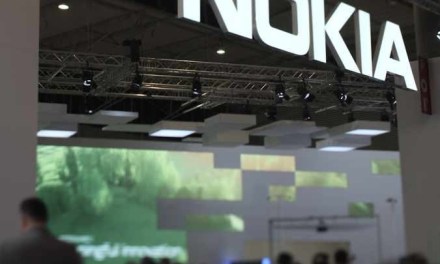News
BT and Vodafone were among the operators who declared edge computing as essential to 5G at Total Telecom Congress
5G will not work without Mobile Edge Computing (MEC) – and operators need to act now to prepare their networks.
This was the message delivered by BT, Vodafone, CenturyLink and STL Partners at Total Telecom Congress during a panel entitled: ‘Enabling the digital world with edge computing.’
When asked by the panel moderator Phil Laidler, Partner and Consulting Director at STL Partners, whether edge computing needs 5G more than 5G needs edge computing, Andy Rowland, Head of Customer Innovation at BT, was the first to give a resounding no to the question.
“5G for edge computing is a nice to have but if you want to get 5G to work, you need to deploy a MEC box on-site as if you want to get higher bandwidth, lower latency, and so on, you won’t be able to do that from a microcell; you will need to have small cells, MEC boxes right at the edge of the network at the customer site.”
Dalia Adib, Practice Lead, Edge Computing, at STL Partners, agreed that edge computing does not need 5G, claiming that many operators are only deploying 5G to keep up with the competition despite there being no obvious use cases.
“It’s no secret that the business case for 5G is a bit shaky,” she said. “A lot of operators are looking at other ways to generate value for customers and within 5G, there’s a lot of potential in the enterprise space so the edge provides a stepping stone to start the discussions with those customers, build relationships and procreate services that 5G could enable in the future that can be achieved with edge today.”
Building on the idea that many operators don’t know what do with 5G, Nitu Kaushal, Head of Industry Digital Services at Vodafone, pointed out that customers don’t always need it even if they think they do, with edge computing able to support many use cases.
“Does edge computing need 5G? It depends on the scenario,” she said. “If you bring use cases to the more near term and divide up how much latency a customer really needs for their operations then you can see what type of underlying network is needed to support them. In some cases, you could even go for a 4G network and, we know from experience, that can actually support a MEC site and that’s enough for the use cases we are looking to deploy now. So, for now it’s a no.”
Kaushal went on to say that this could change in the future –but that edge computing would still come into play.
“In the future, if we are looking at high speed Augmented Reality, Virtual Reality and so on, you are going to need another network that’s going to underpin and support the lower than 10 milliseconds latency and that’s when it becomes very different and that’s where you need a 5G strategy that aligns wholly with your MEC one.”
Echoing the other panellists, Paul Savill, SVP, Core Network and Technology Solutions, at CenturyLink concluded that operators without an edge strategy will miss out on a huge market opportunity.
“5G absolutely needs edge more than 5G needs edge,” he concluded. “The reason is, you can do edge without 5G but if you deploy 5G and don’t have an edge strategy then you are going to miss out on a huge part of the market opportunity.”

















